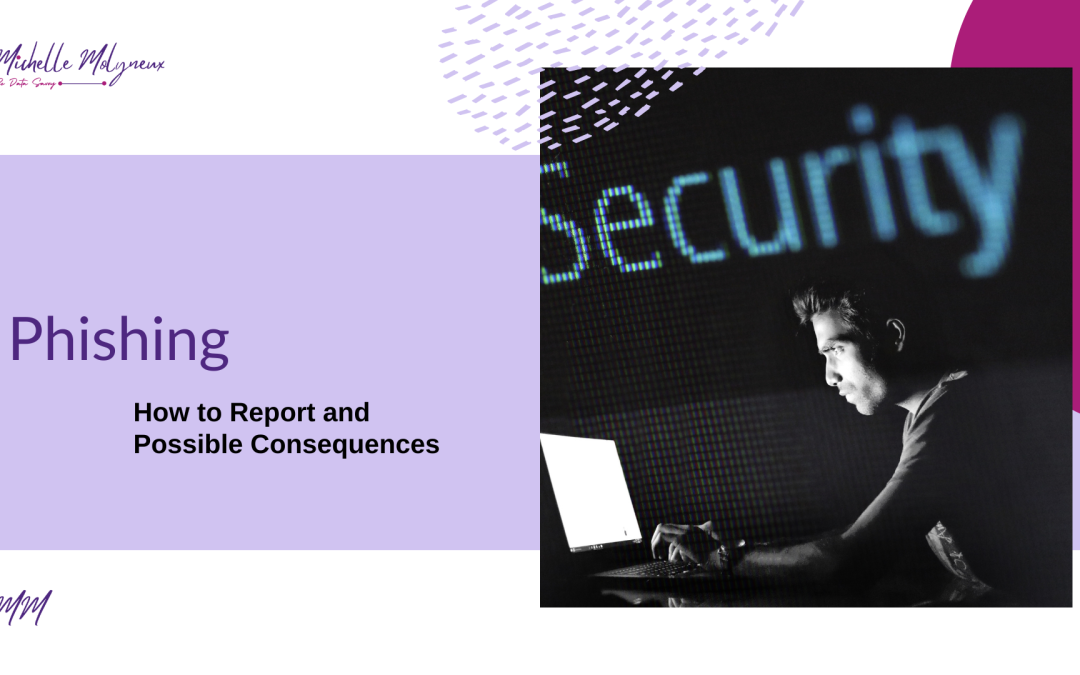Introduction
Phishing is a type of cybercrime where criminals use fraudulent emails, text messages, or websites to trick people into giving away personal information such as usernames, passwords, and credit card numbers. Phishing attacks are becoming more sophisticated, and it’s essential to know how to report them to avoid falling victim. In this blog post, we will discuss how to report phishing attacks and the possible consequences.
What to Do If You See a Phishing Email?
Reporting phishing attacks is crucial to prevent the scam’s further spread and help authorities catch the criminals. Here are some steps to take when reporting a phishing attack:
- Please don’t reply to the message: Replying to the phishing message will only confirm to the attacker that they have reached a valid email address or phone number.
- Forward the message: Instead of replying, forward the letter to the organization or company being impersonated in the email. For instance, if it’s a phishing email from your bank, forward it to your bank’s customer service email address, highlighting that it is a possible phishing attempt.
- Report it to the authorities: You can also report phishing attacks to Anti-Phishing.
Remember to avoid clicking on suspicious links or downloading attachments from unknown sources. Stay vigilant and report any phishing attempts immediately.
Possible Consequences
Phishing attacks can have severe consequences for the victim and the company or organization being impersonated. The attacker can use the stolen information to commit identity theft, access financial accounts, or spread malware. In some cases, the attacker may use the victim’s information to conduct further phishing attacks, leading to a chain reaction of scams. Victims of phishing attacks may suffer financial losses, damage to their reputations, and emotional distress. Companies or organizations targeted by phishing attacks may also suffer damage to their reputation and financial losses, as well as legal consequences if they fail to protect their customers’ personal information.
If you think you have fallen victim to a phishing scam, act quickly and take measures to protect yourself. Change your passwords immediately and contact your financial institution if you have given out any sensitive information. It’s also a good idea to monitor your credit report for any suspicious activity and consider placing a fraud alert or freeze on your credit. Remember, prevention is key regarding phishing attacks, so stay informed and be cautious of any suspicious emails or messages.
Conclusion
Phishing attacks are becoming more sophisticated and can have severe consequences for the victim and the company or organization being impersonated. Knowing how to report phishing attacks is crucial to prevent further spread of the scam and to help authorities catch the criminals. Remember to avoid clicking on suspicious links or downloading attachments from unknown sources. Stay vigilant and report any phishing attempts immediately.
If you would like to learn more about how to make your business stronger against the threat of cybercrime and data theft, I’d love to help. Get in touch today to schedule a free chat.

